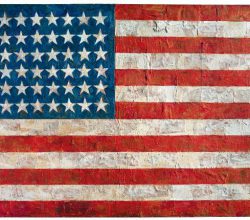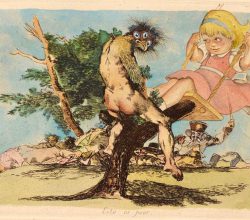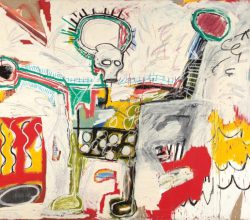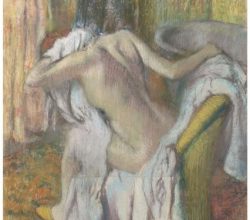
GALLERY ESSAY: Is The Painting Counting?
Morgan Meis | Royal Academy of Arts | 23rd September 2017
When Jasper Johns was starting out abstract expressionism reigned supreme, asking ‘big’ questions like ‘what does painting do’. Johns had different interests, painting mundane objects like flags. Such paintings, argues Morgan Meis, are elusive. “.. if I paint the number ‘2’ on a canvas, have I brought that number into existence? Is the painting now a ‘2’? Or is it a painting of a ‘2’?
Art does not uncover what is hidden, or resolve itself into clear, declarative statements – this means this, that means that. Rather, in art, meaning is a glimpse of reality, like something seen through a periscope. Periscope (Hart Crane), is not a puzzle to be solved. It is, in the end, a simple painting composed of simple images. Yet those images are resonant with metaphors of the sea, of depths, of longing, loss, secrets and the mystery of meaning.”
A major retrospective of the American artist Jasper Johns, “Something Resembling Truth” has just opened at the Royal Academy of Arts. This essay is reproduced with the permission of the Royal Academy and Morgan Meis.



